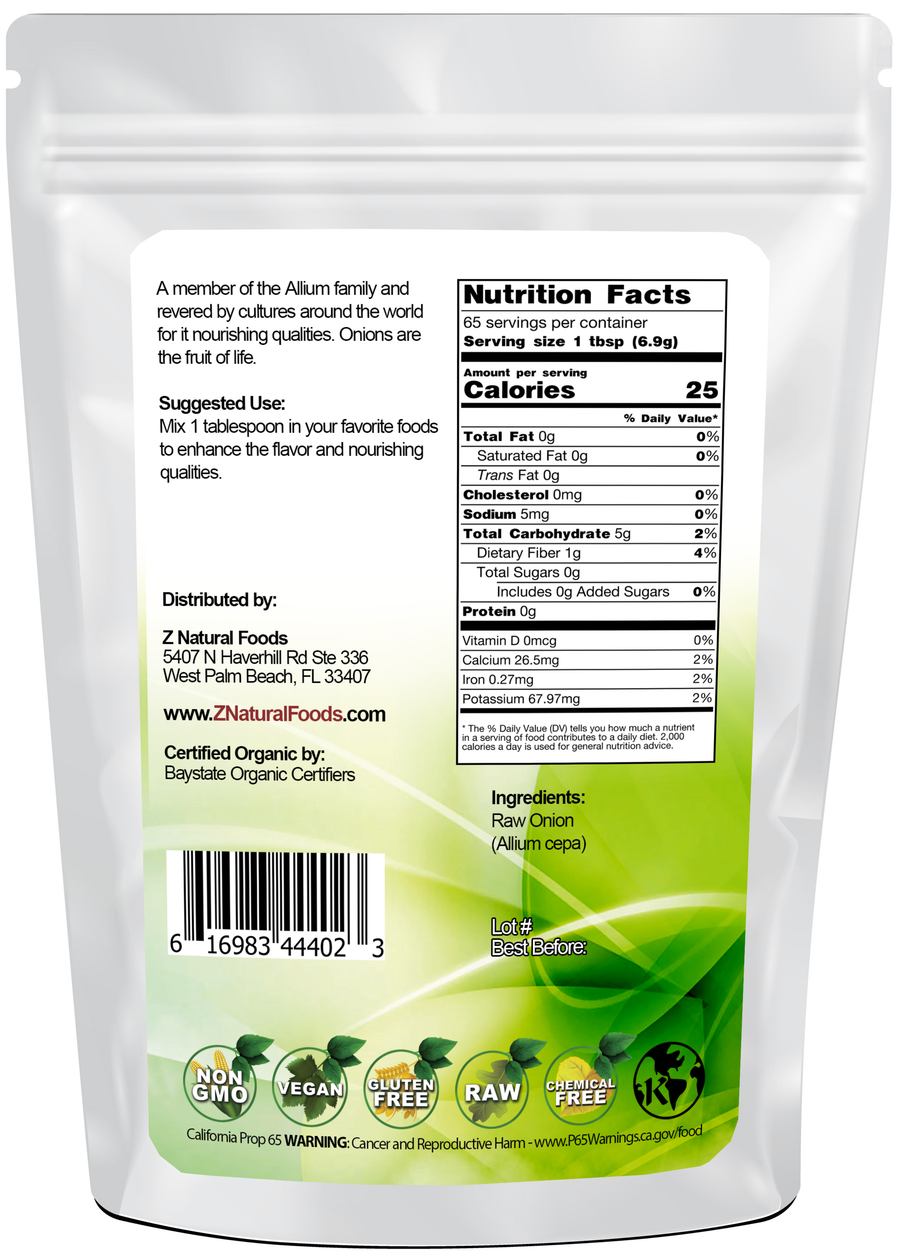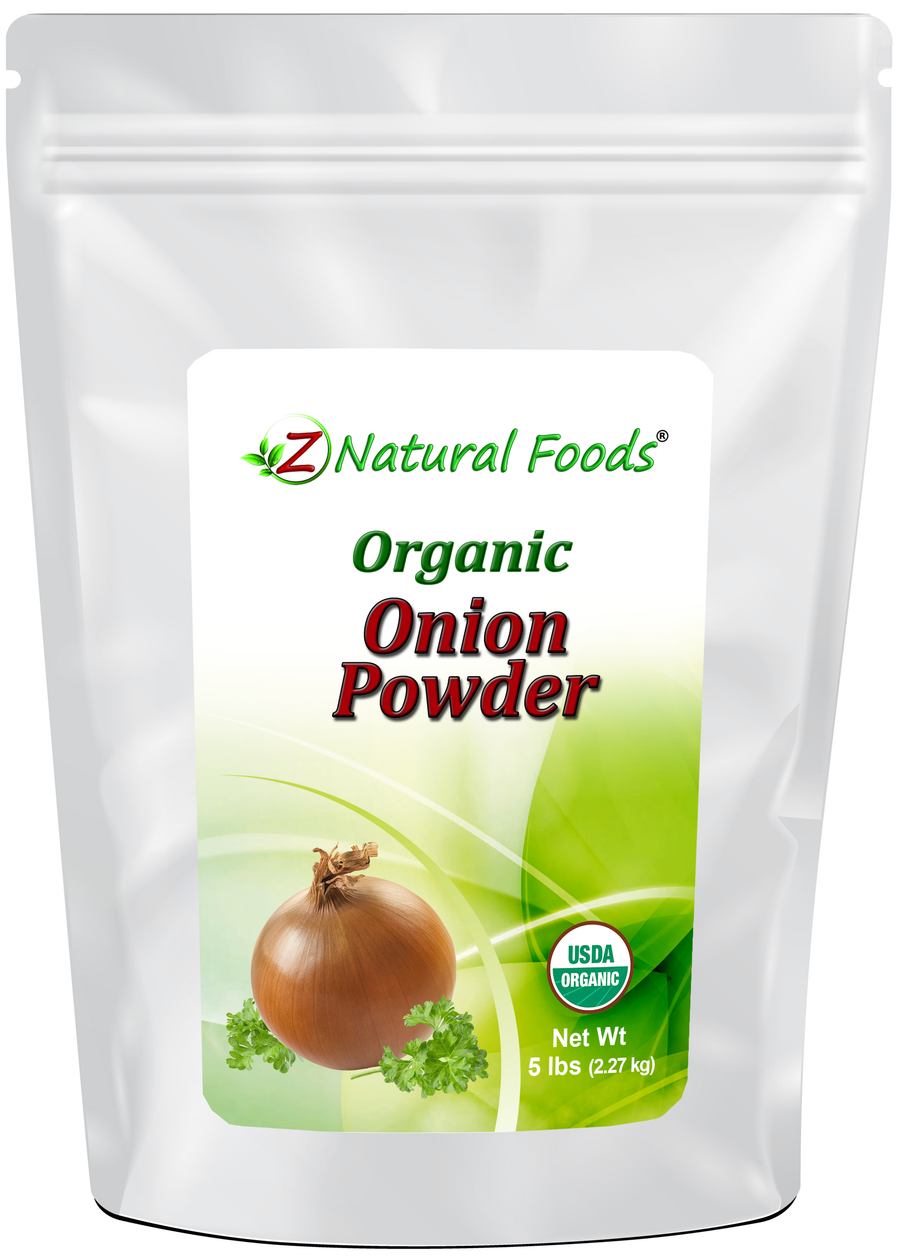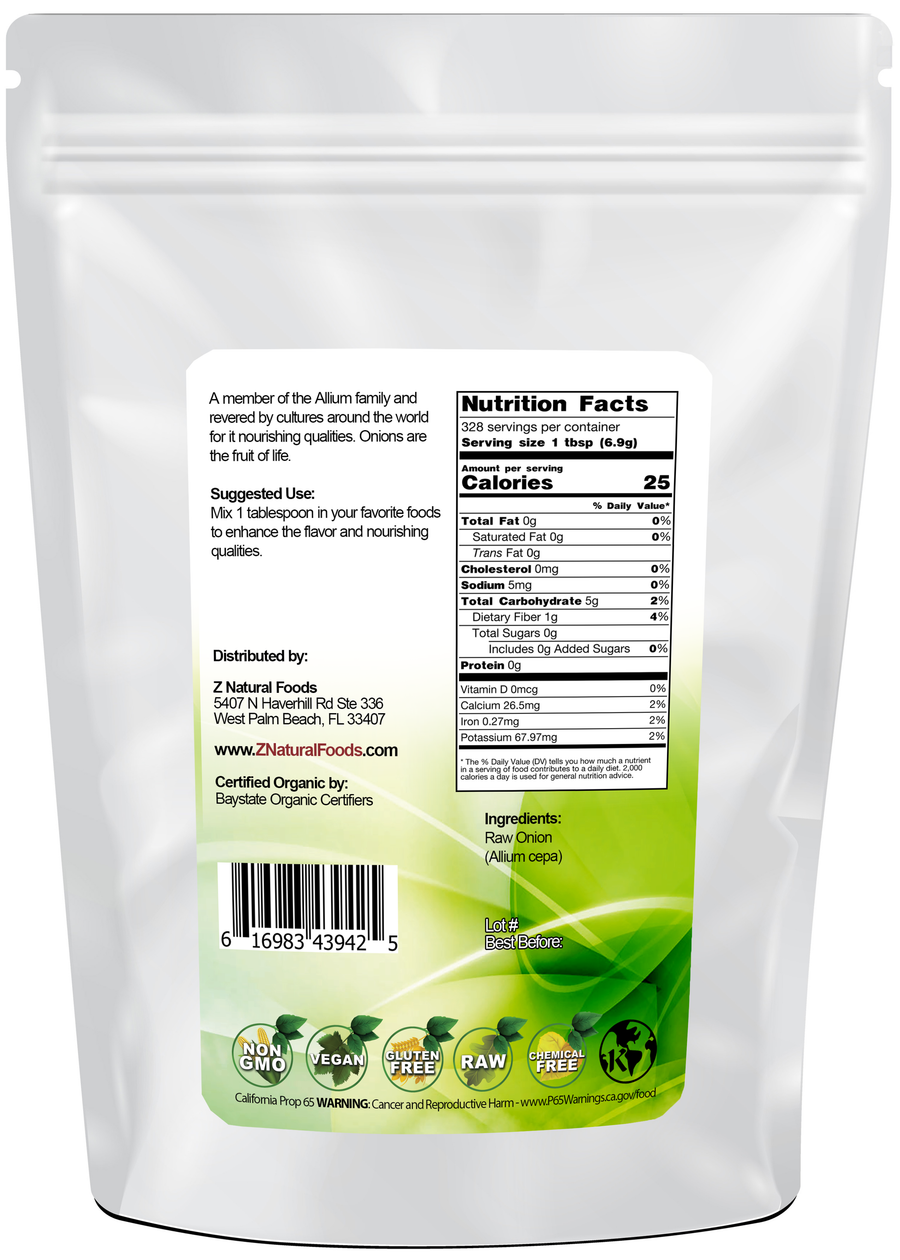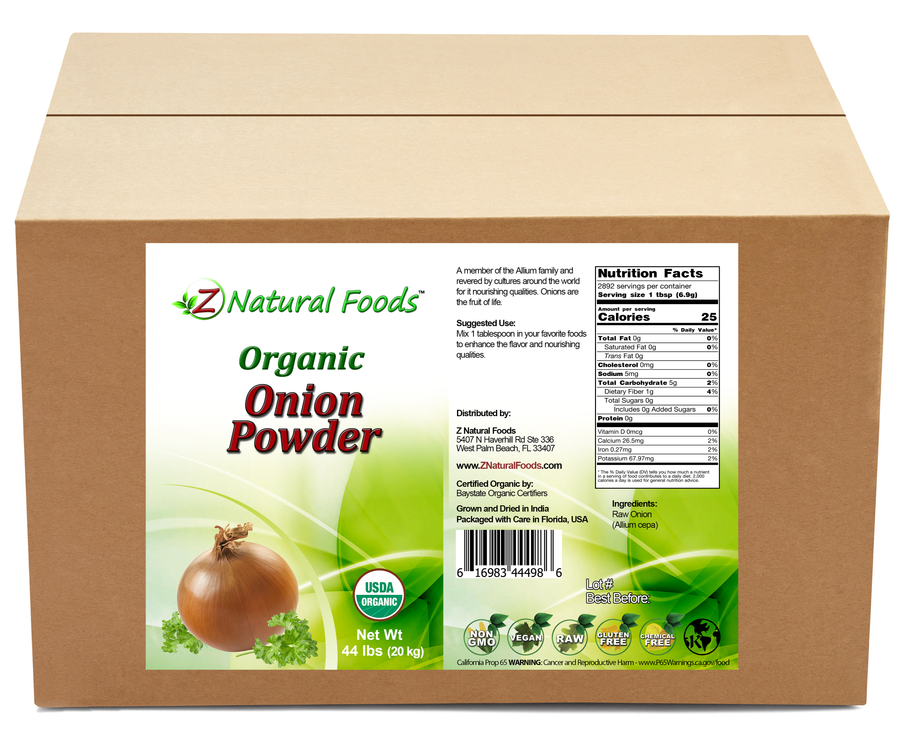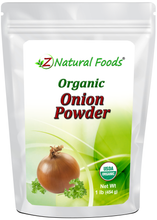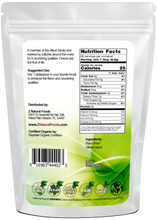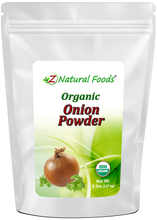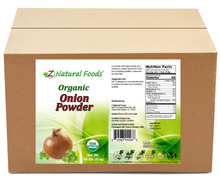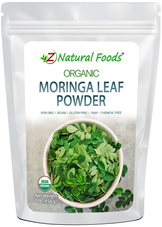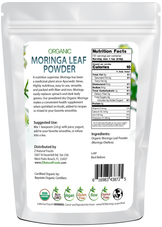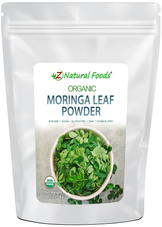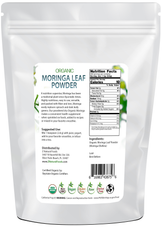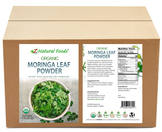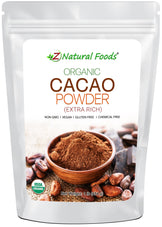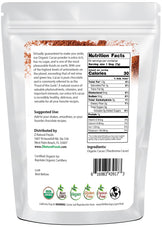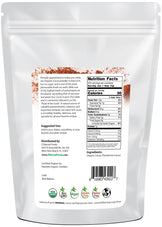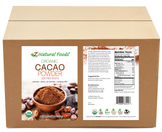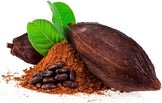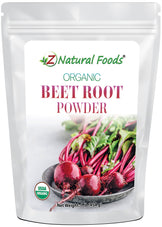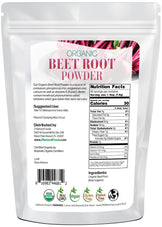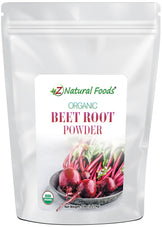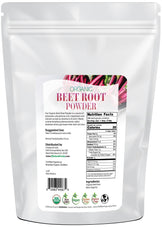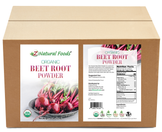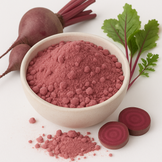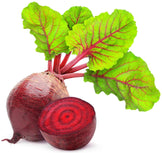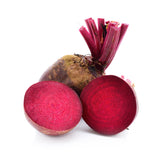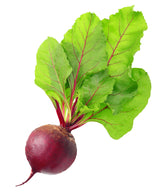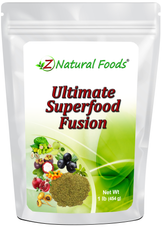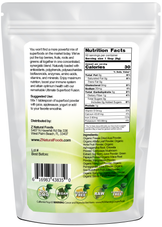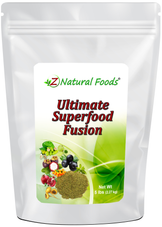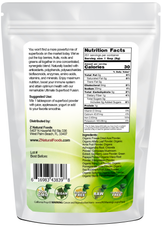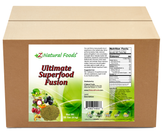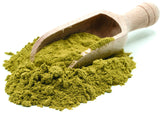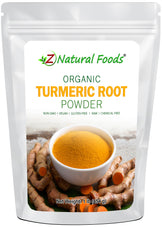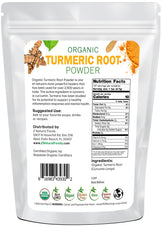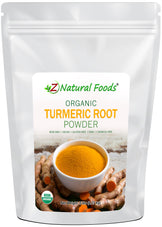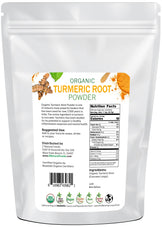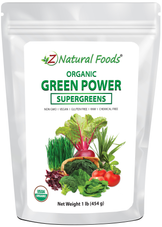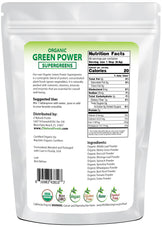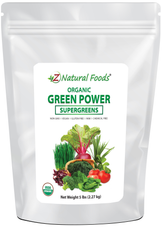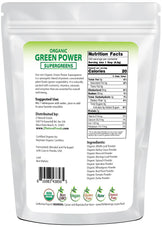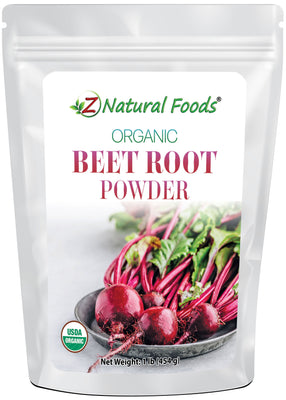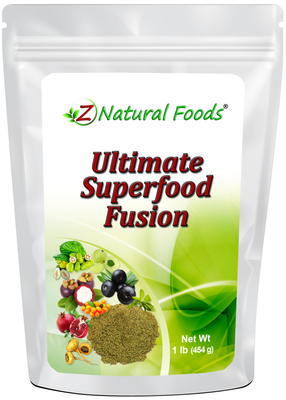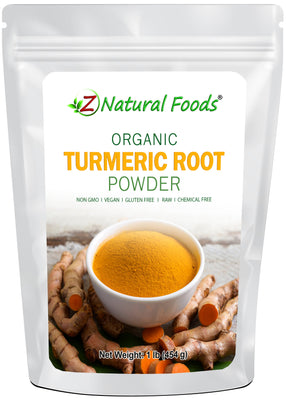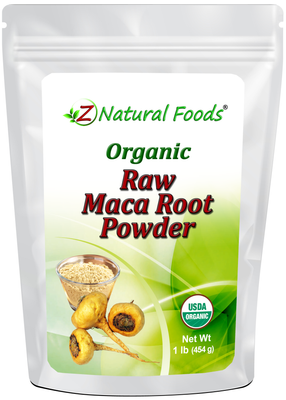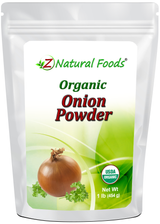About Product
Onion Powder is a classic seasoning made by slicing, drying, and finely grinding onions into a smooth, powdery texture. Known for its savory and slightly sweet flavor, it adds depth to a wide variety of dishes. Commonly used in soups, sauces, marinades, and spice rubs, it’s also a convenient way to season roasted vegetables, salads, and snacks without the need to chop fresh onions.
With its long shelf life and easy-to-use form, onion powder is a staple in kitchens worldwide. It blends seamlessly into spice mixes like Italian seasoning or Cajun seasoning and pairs well with garlic, herbs, and peppers. Versatile and convenient, it delivers the rich taste of onions in a simple, ready-to-use powder.
Some research suggests that Onions may contain the following constituents:
- Vitamins: Vitamin C, A, B6, Thiamin, Riboflavin, Niacin, Vitamin E, Vitamin K
- Minerals: Magnesium, Phosphorus, Zinc
- Other plant compounds: Anthocyanins, Quercetin, Allicin sulfur-compounds (sulfides and polysulfides), Thiosulfinates
Suggested use: Mix one tablespoon of your favorite foods to enhance the flavor and nourishing qualities.
Miscellaneous Facts about raw, Onion Powder
Certifications: Certified USDA Organic.
Ingredients: Raw Onion.
Parts Used: Whole, Onion (No peel).
Botanical Name: Allium cepa.
Other Names: Scallion, green onion, bulb onion, garden onion, tree onion, common onion.
Origin: Grown and dried in Egypt and packaged with care in Florida, USA.
How to Maintain Optimum Freshness
- This product is packaged in airtight stand-up, resealable foil pouches for optimum freshness.
- Once opened, push the air out of the pouch before resealing it to preserve maximum potency.
- Keep your powder in a cool, dark, dry place.
This product is 100% natural and minimally processed:
Taste, smell, texture, and color vary from batch to batch. Go here to learn why our products may naturally vary.
The important protections we take to bring you safe and nutritious superfoods:
Please go here to discover the essential steps we take to deliver fresh, quality nutrition.
Bulk Quantities?
Need to order a large quantity of our products? We are happy to help! Please get in touch with our Bulk department to discuss the details.
* Product packaging, pictures, and origin may vary.
Sources & References
1. Ali M, Thomson M, Afzal M. Garlic and onions: their effect on eicosanoid metabolism and its clinical relevance. Prostaglandins Leukot Essent Fatty Acids. 2000 Feb;62(2):55-73. Review. 2000.
2. Azuma K, Minami Y, Ippoushi K et al. Lowering effects of onion intake on oxidative stress biomarkers in streptozotocin-induced diabetic rats. J Clin Biochem Nutr. 2007 Mar;40(2):131-40. 2007.
3. Borjihan B, Ogita A, Fujita KI et al. The Cyclic Organosulfur Compound Zwiebelane A from Onion (Allium cepa) Functions as an Enhancer of Polymyxin B in Fungal Vacuole Disruption. Planta Med. 2010 May 19. [Epub ahead of print]. 2010.
4. Brat P, George S, Bellamy A, et al. Daily Polyphenol Intake in France from Fruit and Vegetables. J. Nutr. 136:2368-2373, September 2006. 2006.
5. Chun OK, Chung SJ, and Song WO. Estimated dietary flavonoid intake and major food sources of U.S. adults. J Nutr. 2007 May;137(5):1244-52. 2007.
6. Dorant E, van den Brandt PA, Goldbohm RA. A prospective cohort study on the relationship between onion and leek consumption, garlic supplement use and the risk of colorectal carcinoma in The Netherlands. Carcinogenesis 1996 Mar;17(3):477-84. 1996. PMID:13660.
7. Eady CC, Kamoi T, Kato M et al. Silencing onion lachrymatory factor synthase causes a significant change in the sulfur secondary metabolite profile. Plant Physiol. 2008 Aug;147(4):2096-106. 2008.
8. El-Aasr M, Fujiwara Y, Takeya M et al. Onionin A from Allium cepa inhibits macrophage activation. J Nat Prod. 2010 Jul 23;73(7):1306-8. 2010.
9. Fukushima S, Takada N, Hori T, Wanibuchi H. Cancer prevention by organosulfur compounds from garlic and onion. J Cell Biochem Suppl 1997;27:100-5. 1997. PMID:13650.
10. Galeone C, Pelucchi C, Levi F, Negri E, Franceschi S, Talamini R, Giacosa A, La Vecchia C. Onion and garlic use and human cancer. Am J Clin Nutr. 2006 Nov;84(5):1027-32. 2006. PMID:17093154.
11. Galeone C, Pelucchi C, Talamini R et al. Onion and garlic intake and the odds of benign prostatic hyperplasia. Urology. 2007 Oct;70(4):672-6. 2007.
12. Galeone C, Tavani A, Pelucchi C, et al. Allium vegetable intake and risk of acute myocardial infarction in Italy. Eur J Nutr. 2009 Mar;48(2):120-3. 2009.
13. Gates MA, Tworoger SS, Hecht JL, De Vivo I, Rosner B, Hankinson SE. A prospective study of dietary flavonoid intake and incidence of epithelial ovarian cancer. Int J Cancer. 2007 Apr 30; [Epub ahead of print]. 2007. PMID:17471564.
14. Gautam S, Platel K and Srinivasan K. Higher bioaccessibility of iron and zinc from food grains in the presence of garlic and onion. J Agric Food Chem. 2010 Jul 28;58(14):8426-9. 2010.
15. Imai S, Tsuge N, Tomotake M et al. Plant biochemistry: an onion enzyme that makes the eyes water. Nature. London: Oct 17, 2002. Vol. 419, Iss. 6908; p. 685. 2002.
16. Kim JH. Anti-bacterial action of onion (Allium cepa L.) extracts against oral pathogenic bacteria. J Nihon Univ Sch Dent. 1997 Sep;39(3):136-41. 1997.
17. Kook S, Kim GH and Choi K. The antidiabetic effect of onion and garlic in experimental diabetic rats: meta-analysis. J Med Food. 2009 Jun;12(3):552-60. 2009.
18. Matheson EM, Mainous AG 3rd and Carnemolla MA. The association between onion consumption and bone density in perimenopausal and postmenopausal non-Hispanic white women 50 years and older. Menopause. 2009 Jul-Aug;16(4):756-9. 2009.
19. Melino S, Sabelli R and Paci M. Allyl sulfur compounds and cellular detoxification system: effects and perspectives in cancer therapy. Amino Acids. 2010 Mar 6. [Epub ahead of print]. 2010.
20. Moon JH, Nakata R, Oshima S, et al. Accumulation of quercetin conjugates in blood plasma after the short-term ingestion of onion by women. Am J Physiol Regul Integr Comp Physiol. 2000 Aug;279(2):R461-7. 2000.
21. Nemeth K and Piskula MK. Food content, processing, absorption and metabolism of onion flavonoids. Crit Rev Food Sci Nutr. 2007;47(4):397-409. 2007.
22. Nimni ME, Han B and Cordoba F. Are we getting enough sulfur in our diet?. Nutr Metab (Lond). 2007 Nov 6;4:24-36. 2007.
23. Phillips KM, Rasor AS, Ruggio DM, et al. Folate content of different edible portions of vegetables and fruits. Nutrition & Food Science 2008, 38(2):175-181. 2008.
24. Ramos FA, Takaishi Y, Shirotori M et al. Antibacterial and antioxidant activities of quercetin oxidation products from yellow onion (Allium cepa) skin. J Agric Food Chem. 2006 May 17;54(10):3551-7. 2006.
25. Slimestad R, Fossen T and Vågen IM. Onions: a source of unique dietary flavonoids. J Agric Food Chem. 2007 Dec 12;55(25):10067-80. 2007.
26. Somerset SM and Johannot L. Dietary flavonoid sources in Australian adults. Nutr Cancer. 2008;60(4):442-9. 2008.
27. Wagner H, Dorsch W, Bayer T, et al. Antiasthmatic effects of onions: inhibition of 5-lipoxygenase and cyclooxygenase in vitro by thiosulfinates and "Cepaenes". Prostaglandins Leukot Essent Fatty Acids. 1990 Jan;39(1):59-62.
1990. 28. Wang L, Lee IM, Zhang SM, et al. Dietary intake of selected flavonols, flavones, and flavonoid-rich foods and risk of cancer in middle-aged and older women. Am J Clin Nutr. 2009 Mar;89(3):905-12. 2009.
29. Wetli HA, Brenneisen R, Tschudi I, Langos M, Bigler P, Sprang T, Schurch S, Muhlbauer RC. A gamma-Glutamyl Peptide Isolated from Onion (Allium cepa L.) by Bioassay-Guided Fractionation Inhibits Resorption Activity of Osteoclasts. J Agric Food Chem. 2005 May 4;53(9):3408-3414. 2005. PMID:15853380.
30. Wilson EA and Demmig-Adams B. Antioxidant, anti-inflammatory, and antimicrobial properties of garlic and onions. Nutrition & Food Science 2007, Vol. 37 Iss: 3, pp.178 ' 183. 2007.
31. Yang J, Meyers KJ, van der Heide J, Liu RH. Varietal Differences in Phenolic Content and Antioxidant and Antiproliferative Activities of Onions. J Agric Food Chem. 2004 Nov 3;52(22):6787-6793. 2004. PMID:15506817.
32. https://en.wikipedia.org/wiki/Onion#cite_note-selfsufficientish-15
33. US National Library of Medicine and National Institutes of Health (https://www.ncbi.nlm.nih.gov/pubmed/26385226)
34. US National Library of Medicine and National Institutes of Health (https://www.ncbi.nlm.nih.gov/pubmed/25194613)
35. https://www.ncbi.nlm.nih.gov/pubmed/26298460
36. http://www.businesswire.com/news/home/20100504005423/en/Likes-Onions-Survey-Shows-87-Percent-Adults
37. Allium cepa L. — The Plant List". www.theplantlist.org.
38. Allium cepa in Flora of North America – v 26". efloras.org. p. 244.
39. Germplasm Resources Information Network – (GRIN). "Allium cepa information from NPGS/GRIN". USDA, ARS, National Genetic Resources Program. Retrieved 22 April 2011.
40. Fritsch, R.M.; Friesen, N. (2002). "Chapter 1: Evolution, Domestication, and Taxonomy". In Rabinowitch, H.D.; Currah. L. Allium Crop Science: Recent Advances. Wallingford, UK: CABI Publishing. pp. 9–10. ISBN 0-85199-510-1.
41. Eric Block, "Garlic and Other Alliums: The Lore and the Science" (Cambridge: Royal Society of Chemistry, 2010)
42. Brewster, James L. (1994). Onions and other vegetable Alliums (1st ed.). Wallingford, UK: CAB International. p. 16. ISBN 0-85198-753-2.
43. Linnaeus, Carolus (1753). Species Plantarum (in Latin) 1. Stockholm: Laurentii Salvii. p. 262.
44. Allium cepa: Garden onion". The PLANTS Database. USDA: NRCS. 2013. Retrieved 2013-03-31.
45. "Allium cepa L.". ITIS. 2013-03-08. Retrieved 2013-04-01.
46. "Allium cepa Linnaeus". Flora of North America.
47. Grubben, G.J.H.; Denton, O.A. (2004) Plant Resources of Tropical Africa 2. Vegetables. PROTA Foundation, Wageningen; Backhuys, Leiden; CTA, Wageningen.
48. Zohary, Daniel; Hopf, Maria (2000). Domestication of plants in the Old World (Third ed.). Oxford: Oxford University Press. p. 198. ISBN 0-19-850357-1.
49. Fritsch, R.M.; N. Friesen (2002). "Chapter 1: Evolution, Domestication, and Taxonomy". In H.D. Rabinowitch and L. Currah. Allium Crop Science: Recent Advances. Wallingford, UK: CABI Publishing. pp. 20–21. ISBN 0-85199-510-1.
50. Brickell, Christopher (ed) (1992). The Royal Horticultural Society Encyclopedia of Gardening. Dorling Kindersley. p. 345. ISBN 978-0-86318-979-1.
51. Onions: Allium cepa". selfsufficientish.com. Retrieved 2006-04-02.
52. About Onions: History". Retrieved 2013-09-13.
53. Abdel-Maksouda, Gomaa; El-Aminb, Abdel-Rahman (2011). "A review on the materials used during the mummification process in ancient Egypt" (PDF). Mediterranean Archaeology and Archaeometry 11 (2): 129–150.
54. http://ndb.nal.usda.gov/ndb/foods/show/276
* Reviews & Success Stories Disclaimer
Product reviews solely reflect the views and opinions expressed by the contributors and not those of Z Natural Foods. Z Natural Foods does not verify or endorse any claims made in these reviews. Statements have not been evaluated by the FDA and are not intended to diagnose, treat, cure, or prevent any disease or health condition.REFERRAL PROGRAM
Share your personal link to your friends and welcome them with rewards. Claim yours when they make their first purchase.

GIVE
$10 off discount

GET
$10 off discount
Other products in the same category
Beet Root Powder - Organic
£11.56
Ultimate Superfood Fusion
£25.60

